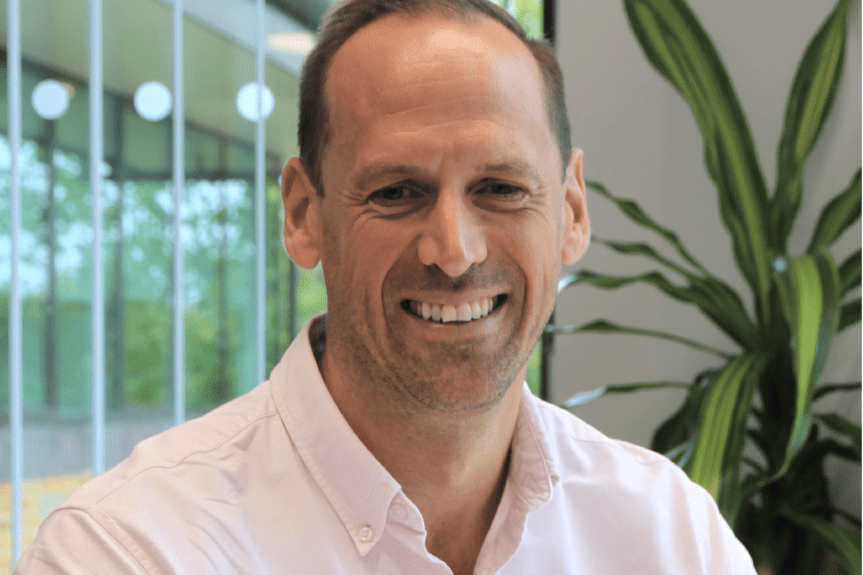The People’s Partnership completes asset ownership model switch
Dan Mikulskis, chief investment officer at The People’s Partnership - which provides one of the UK’s largest master trusts, has recently completed a transition of its asset ownership model which involved building a team of specialists
What is your asset ownership model?
This is a question The People’s Partnership has spent a lot of time thinking about recently.
When AOX spoke to chief investment officer Dan Mikulskis earlier this month he had just finished the work of moving The People’s Pension (the master trust which The People's Partnership provides and which is one of the largest in the UK with nearly £40bn in assets) from one asset ownership model to another.
He said: “There are four different models of asset ownership which you can have. The first one is completely outsourced [management], with a very small [in-house] team that does oversight.
“We have just upgraded from model one to model two.”
Under this model The People’s Partnership has a team of specialists that can cover all asset classes, but the assets themselves are still managed by external players.
This is achieved through segregated mandates which Mikulskis said “put you in control as the asset owner”.
“It has been a complete upgrade,” he added.
So the next obvious question is if, and when, The People’s Partnership will move to asset ownership models three or four - which involve taking gradually more control of your investments until you eventually become the ultimate asset owner and asset manager.
Mikulskis said the asset ownership model would “need to keep evolving” but he said he was ultimately “not sure” if The People’s Partnership would ever go down the route of managing its investments directly.
He said: “I have this vision of a hybrid model where you can draw more decision-making into the team without building an asset management function.”
The People’s Partnership is now a fully signed up member of the government’s ‘Sterling 20’ initiative which is aimed at encouraging pension funds to back British infrastructure and growth projects - modelled on the Canadian ‘Maple 8’.
Of course the Canadian system is built around pension funds which are, to all intents and purposes, private equity firms.
It remains to be seen whether the government can achieve its objectives without a lot of pension funds thinking long and hard about their asset ownership model.

